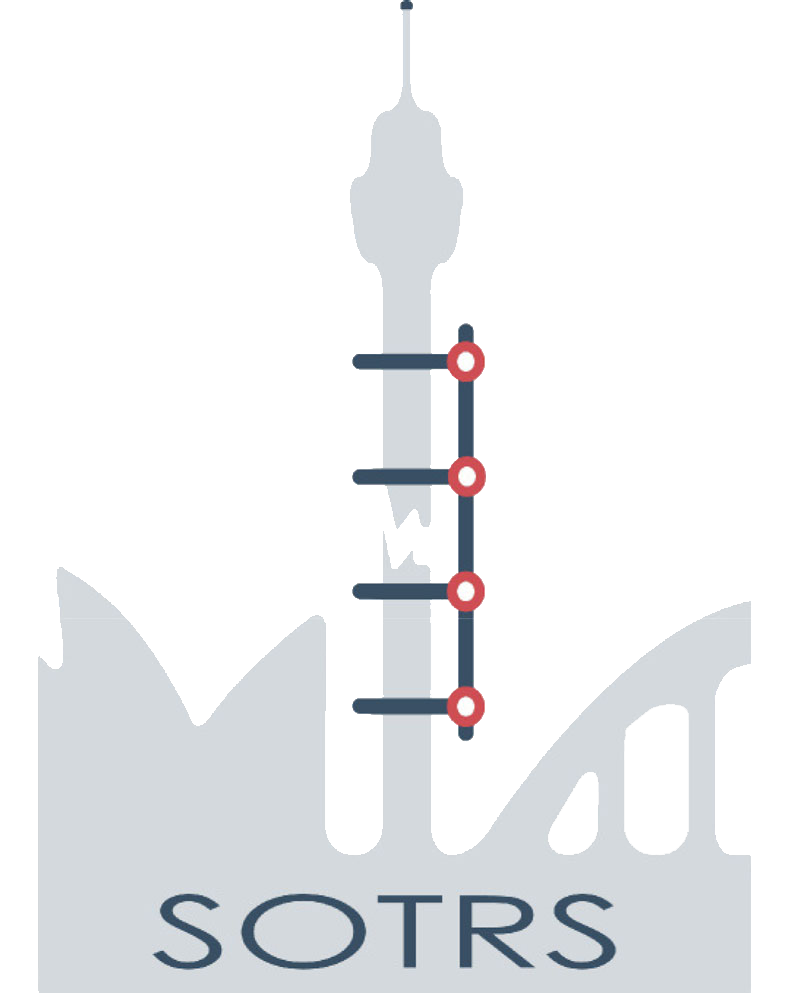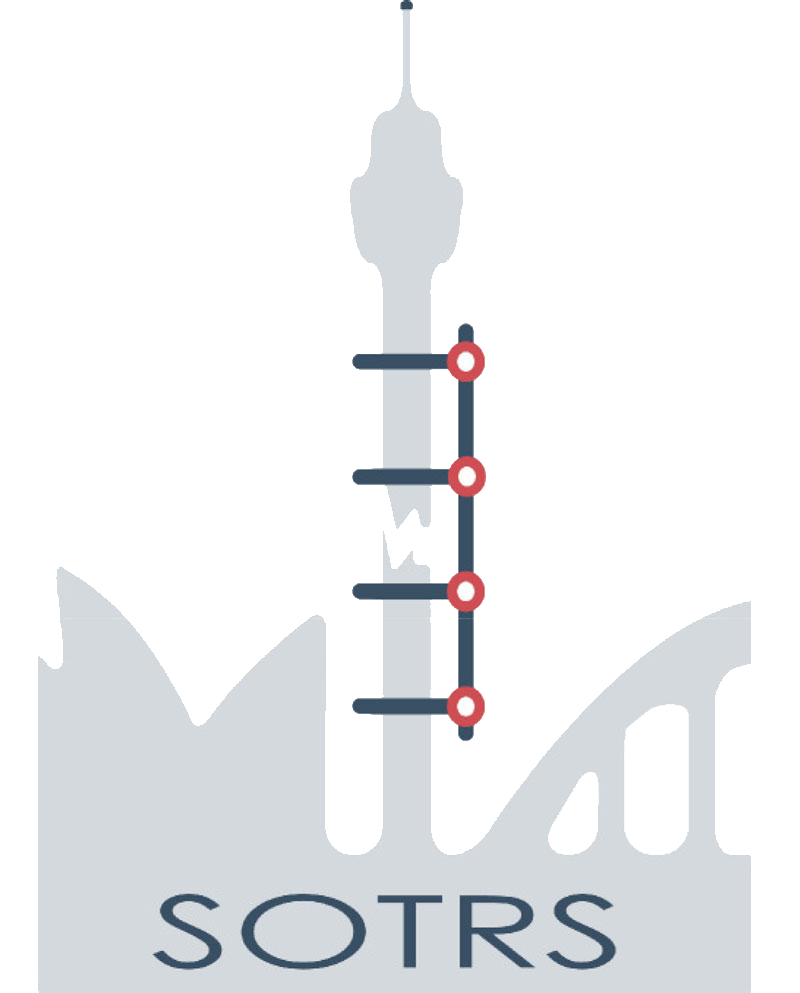Many patients with FAI can improve their symptoms non surgically. Reducing or modifying activity levels, in combination with pain killers and anti-inflammatory medication may provide relief.
Surgical treatment depends on the type of FAI and its cause. In the absence of significant arthritis, many patients will benefit from hip arthroscopy (minimally invasive key-hole surgery). Other surgical treatments for FAI include open debridement, femoral osteotomy and triple pelvic osteotomy. Knowing which procedure is most appropriate for an individual patient requires clinical assessment.
Hip Arthroscopy
Arthroscopy is key-hole surgery using a pencil sized fibre-optic camera. It allows the surgeon to safely and accurately assess damage to the joint and to perform corrective procedures. Hip arthroscopy is a minimally invasive procedure, useful in the treatment of FAI. The most common types of FAI can often be treated with an arthroscopic bone reshaping procedure called an osteoplasty. Arthroscopy lends itself to a relatively rapid post-operative recovery
Learn more about Hip Arthroscopy at SOTRS
Open Hip Debridement
Open debridement may be used in situations where the shape of the ball or socket is too distorted to allow treatment by arthroscopy, or where the portion of bone that needs to be reshaped is better accessed by an open procedure. Open debridement involves an incision to the skin allowing the bone of the hip joint to be easily accessed for reshaping.
Femoral Osteotomy
Femoral osteotomy is a procedure used to realign an abnormally twisted thigh bone. Femoral osteotomy can be used to treat FAI. In addition, it can also provide improved range of motion to the hip joint and help correct leg length inequality. A femoral osteotomy involves cutting the thigh bone and placing a metal plate and screws to hold the bone in the corrected position until the bone unites. Sometimes femoral osteotomy is recommended at the same time as open hip debridement.


